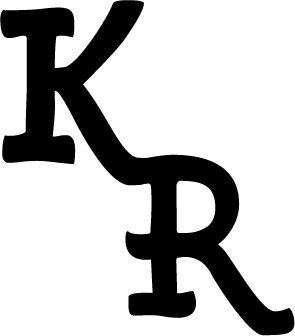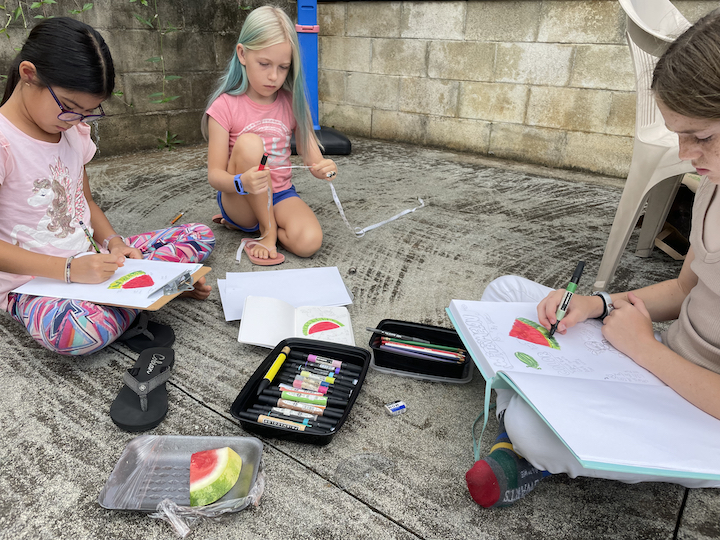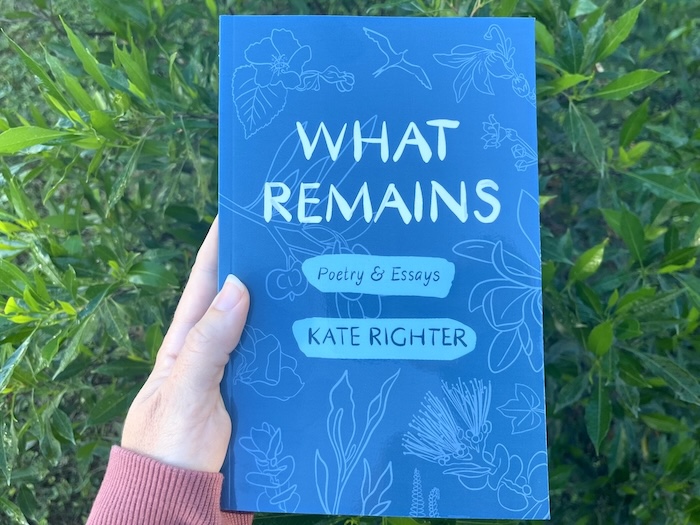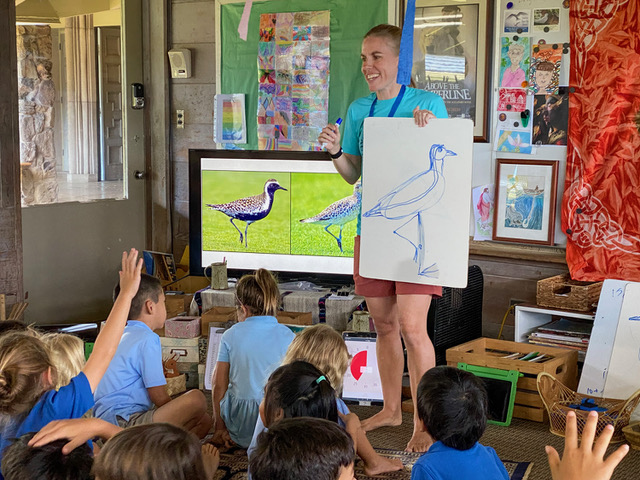Growth Mindset
The biggest impediment to people starting (or continuing) to nature journal is a perceived lack of ability. This is especially evident to new learners when their teacher or the examples they’re given are way beyond their current capacity. One way to overcome that is for you as the teacher/parent/adult in their lives to demonstrate learning something new. This can be a shared learning experience, so that you and the child/class are all trying something that you don’t quite know how to do, like trying to draw maps in the field. You study the steps ahead of time, and then try to figure it out together. Talk openly about not being confident in this skill… yet. Laugh when you make a mistake, and when it doesn’t end up the way you want it to… show them how you turn the page and try again. Explain how you plan to try it again another day, and share your confidence that each time you attempt the skill, it will get a little easier.
No matter how educated or experienced you are in any subject, there’s always more to learn. Whether you’re approaching nature journaling from the science side or the creativity of the art and writing, you can find the edge of your skills, knowledge, and confidence, and share the experience of pushing yourself further.
Similarly, we need to make sure we praise the effort and thinking that goes into students’ work, pointing out all the learning that has happened during the day, and encouraging students to share about their excitement and their frustration, and to also document both of those things. Life is all about making mistakes, learning from them, and moving forward.
You can also figure out what element of nature journaling the child is most intimidated by, and break it down into steps. My daughter really wanted to learn how to draw people, for example. This is a big topic, and it’s easy to give up, and it’s also tempting to dismiss her interest and say something like, “Oh but you can draw people already, it’s fine!” or maybe dismiss her interest entirely, because we’re focused on nature journaling, not people journaling. But I wanted her to gain confidence with putting a pencil to paper, being able to express herself, and to learn that with guided practice, she could improve. So we first researched different styles of drawing, to figure out what her goal was. Then we practiced drawing faces — the proportions, the distance between the eyes, the shape of the chin, and different ways to draw hair. From there we learned about basic anatomy and body proportions. Throughout this process, I borrowed books from the library to practice from, in order to try different poses, clothing, and styles.
It’s about meeting students where they’re at, and normalizing the learning process, not just the end result.




